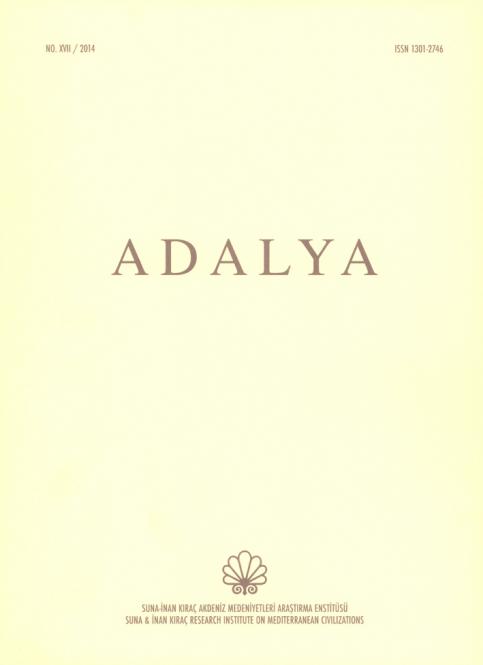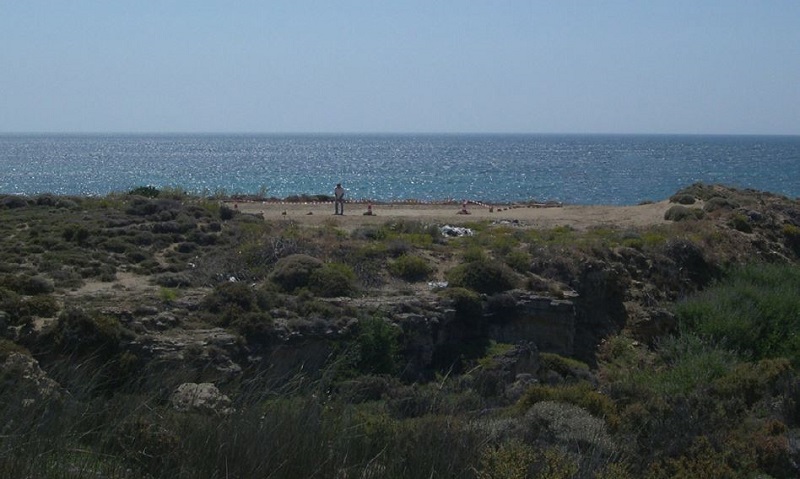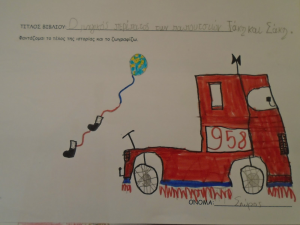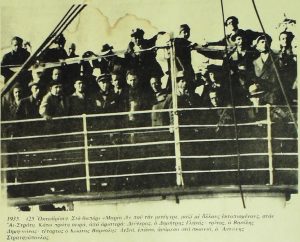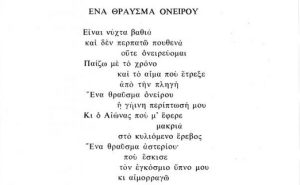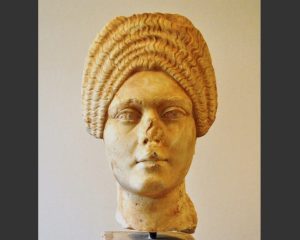The Epipalaeolithic site of Ouriakos on the island of Lemnos and its place in the late Pleistocene peopling of the East Mediterranean region
Αρθρογράφοι: Ευστρατίου Νίκος, Biagi Paolo, Starnini Elisabetta
Έκδοση: Περιοδικό Adaya τόμος 17, Suna & Inan Kirac Institute on Mediterranean Civilazations, Αττάλεια Ιανουάριος 2014
Γλώσσα: Αγγλική
Αριθμός σελίδων: 24 (Σελίδες 1-24)
Θεματολογία: Αρχαιολογία
ISSN: 1301-2746
Περιγραφή: The site of Ouriakos (Island of Lemnos, Greece) was discovered in 2006 along the south-eastern Louri coast of Fyssini during the construction of a car park close to the beach. The site, partially located on a Pleistocene calcarenitic marine terrace gently sloping toward the sea, at an altitude of some 10 m., is delimited by two seasonal streams, the western of which gave the name to the site (rhyaki/stream in Greek). Along its western profile a buried, dark clayey palaeosol, partly developed above the calcarenite deposit shows evidence of chipped stone artefacts at its top, later sealed by a sand dune. Systematic collections made in 2008-2010 on the exposed surface, and the excavations that followed in 2009-2013, showed that the site extends over at least 1500 m2 on both sides of the Ouriakos stream. The first excavation trench was opened in the central part of the marine terrace affected by parking earthworks, where the chipped stone assemblage is contained in a sandy layer some 10-20 cm. thick, just above the calcarenite erosional surface. However, the lowermost part of the deposit yielded a few small, unidentifiable mammal bones, heavily weathered or rounded, a single burnt sample of which was AMS-dated to 10,390±45 uncal BP/10,437-10,198 cal BC at 2σ (GrA-53229). The result suggests that the site was settled during an advanced period of the Younger Dryas cold oscillation (ca. 10,900-10,000 uncal BP). The chipped stone tools were recovered by both visual, dry and water sieving using a 2 mm. mesh, which led to their almost complete recovery, debitage and shatters included. As mentioned above the studied assemblage consists of 9131 artefacts among which are 196 tools. They include 7 burins and 3 burin spalls, 34 end-scrapers, 5 truncations, 2 becs (?), 21 backed bladelets and points (plus 6 fragments), 115 geometric microliths among which are 114 lunates and 1 scalene triangle, 3 retouched bladelets, 2 side scrapers, and 1 probable pièce écaillée. The retouched tools represent 2.15% of the total assemblage. The typological characteristics of the assemblage show that the production of geometric inserts (lunates) played a primary role among the activities of the Ouriakos hunter-gatherers, and suggest the site’s high specialization, possibly a residential camp that was occupied for short periods by groups of the same cultural aspect during a well-defined moment of the Younger Dryas. The discovery of an Epipalaeolithic site along the southeastern coast of Lemnos contributes to the interpretation of the environmental and cultural changes that took place in the northeastern Aegean Sea between the end of the Pleistocene and the onset of the Holocene. Its presence is particularly important given the absence of other sites of this period in the entire regiono. The finds from Ouriakos reaffirm the idea recently put forward of a coastal spread originating in the Levant, moving along the coast of south Anatolia, by communities of hunter-gatherers whose tool-kit is characterized by lunate microliths.
